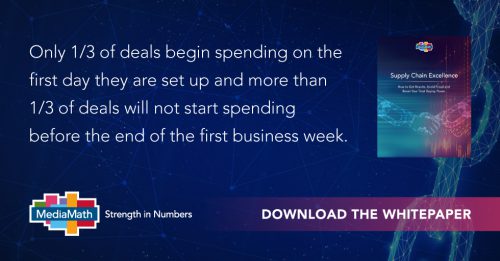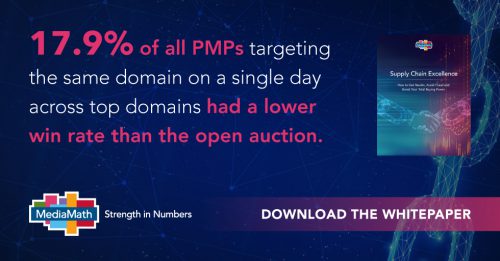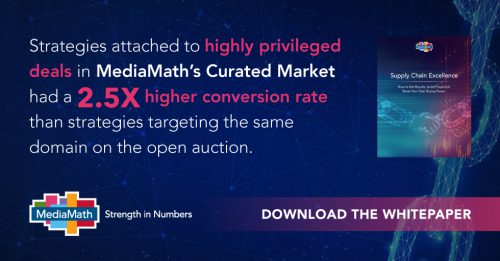Programmatic is central to nearly 40% of overall planning and execution of media buying by Asia-Pacific (APAC) marketers[1]. India specifically is the fastest-growing country for digital ad spend across the globe in 2019, with a 28% boost compared to last year[2].
It is this very rapid growth that has also created challenges in the ecosystem, including a supply chain riddled with fraud, intermediaries that add little value and uncertainty of the exact path to the impression. The internet as constructed was never intended to sensibly connect the diverse and complex technologies brought to bear by the myriad or adtech and martech constituents in our industry. In fact, most of the longstanding problems we’ve seen over the last few years – such as fraud and lack of transparency—have been caused by this complexity. From the core technology service providers to third-party data providers, advertisers are often unaware of how much spend is going to intermediary fees versus publishers.
However, the future is looking brighter. Select industry players are hard at work creating a more accountable, effective, trustworthy media supply chain from which all parties—marketers, publishers and consumers—can benefit. One of the ways that starts is through access to trusted, high-quality supply that is not blocked by partners that don’t add value.
How can marketers build the best supply strategy?
All of this means that the single most important thing a marketer can do when it comes to determining the best media strategy is ‘never assume’. With high levels of complexity across the supply chain, it is vital that marketers analyse their supply strategy and avoid making the wrong call. Marketers should build or buy specialist insights required for their brand-specific marketing campaign.
For many major brands, this means building a supply team to integrate their technology into the bidding stack. However, the expense and expertise required for this remains to be a challenge for many brands, which is why choosing the right media agency is so critical. The right agency can add real value as they can pool the demand of multiple advertisers in negotiating deals, provide deep industry expertise and negotiate vertical specific deals.
But it also means partnering with the right technology vendor. There are key things to look for:
- Adoption of the IAB’s ads.txt initiative, which increases transparency by allowing publishers to publicly declare the companies they authorize to sell their digital inventory
- Supply-path optimization to find the most direct path to the impression by removing intermediaries
- A supply code of conduct that specifies behaviors that your vendor will and will not tolerate from its supply partners
In the end, the aim is to use the most optimal path to reach your user rather than hoping to find the user on specific supply sources. It is pertinent to have a holistic approach to a media supply strategy which can help everyone in the ecosystem—marketers, publishers and consumers alike —get the quality they deserve.













